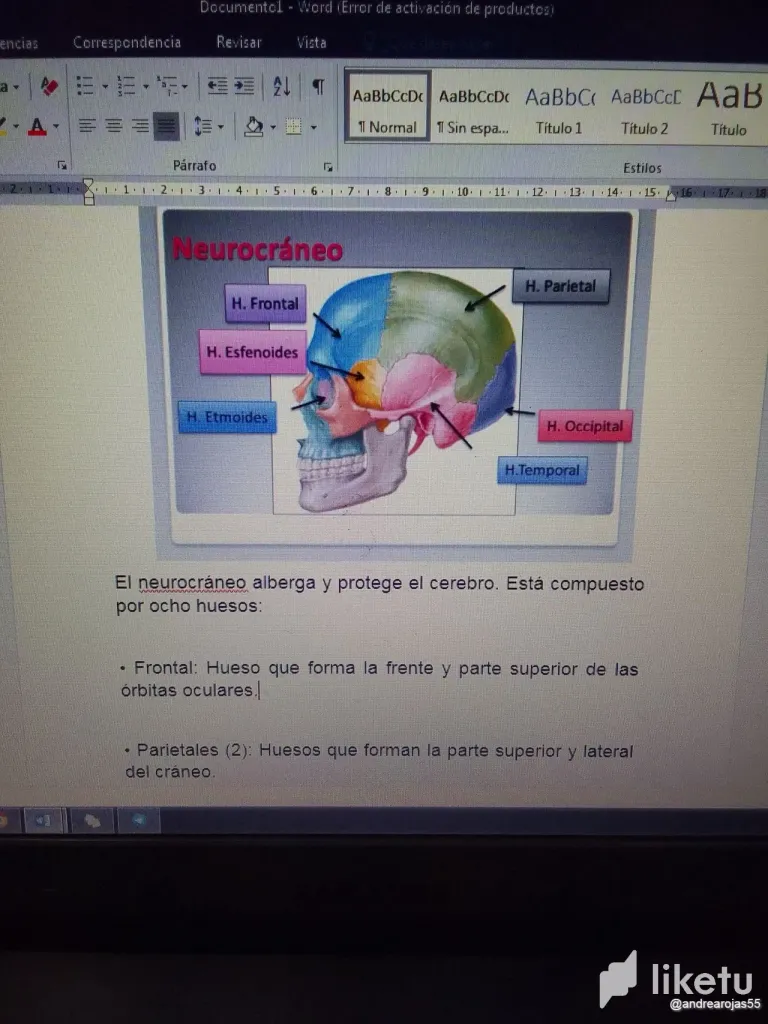
Dificilmente las personas piensan que estudiar Fisioterapia es para dar masajes cuando no es así. Nos ha tocado estudiar desde anatomía, sistema muscular, sistema articular, sistema nervioso, valoración, diagnóstico desde el movimiento y más. No es un curso de 1 mes, es una carrera universtaria y llevo 3 años estudiando. Me toca estudiar la estructura anatomica del cráneo, comprender y saber como está compuesto desde una parte normal para poder compararlo con un cráneo anormal. Las lesiones de cráneo van desde lo traumatologico hasta lesiones tumorales. Mayormente siempre hay traumatismo de cráneo, en Venezuela es común ya que siempre hay accidentes de moto sin protección de casco.
Nos toca también aprender como leer una radiografía de cráneo normal con uno anormal con patología. Para poder saber el diagnóstico y poder armar un caso clínico del paciente. Desde que nivel es la lesión, entre otras cosas. La fisioterapia tiene un variedad de especialización que es incríble estudiarla. En mi caso me toca volver a repasar la estructura anatómica de cráneo.
¿Sabían que el cráneo está dividido en dos partes principales? Uno es el neurocráneo con 8 huesos y otro el viscerocráneo con 14 huesos. El cráneo es una estructura súper compleja que protege el cerebro, increíble como es el ser humano que mientras tengas movimiento tienes vida. ¿Sabías ese dato? Acompañame a estudiar sobre el cráneo. Espero que les haya gustado, nos vemos pronto!
People hardly think that studying physical therapy is about giving massages when it is not so. We have had to study anatomy, muscular system, articular system, nervous system, assessment, diagnosis from movement, and more. It is not a 1-month course, it is a university course and I have been studying for 3 years. I have to study the anatomical structure of the skull and understand and know how it is composed of a normal part to be able to compare it with an abnormal skull. Skull injuries range from traumatic to tumor lesions. Mostly there is skull trauma, in Venezuela, it is common because there are always motorcycle accidents without helmet protection.
We also have to learn how to read a normal skull x-ray with an abnormal one with pathology. To be able to know the diagnosis to be able to put together a clinical case of the patient. From what level is the injury, among other things? Physiotherapy has a variety of specializations that are incredible to study. In my case, I have to review the anatomical structure of the skull.
Did you know that the skull is divided into two main parts? One is the neurocranium with 8 bones and the other is the viscerocranium with 14 bones. The skull is a super complex structure that protects the brain, It's amazing how the human being is that as long as you have movement you have life. Did you know that fact? Join me in studying the skull. I hope you like it, see you soon!
For the best experience view this post on Liketu